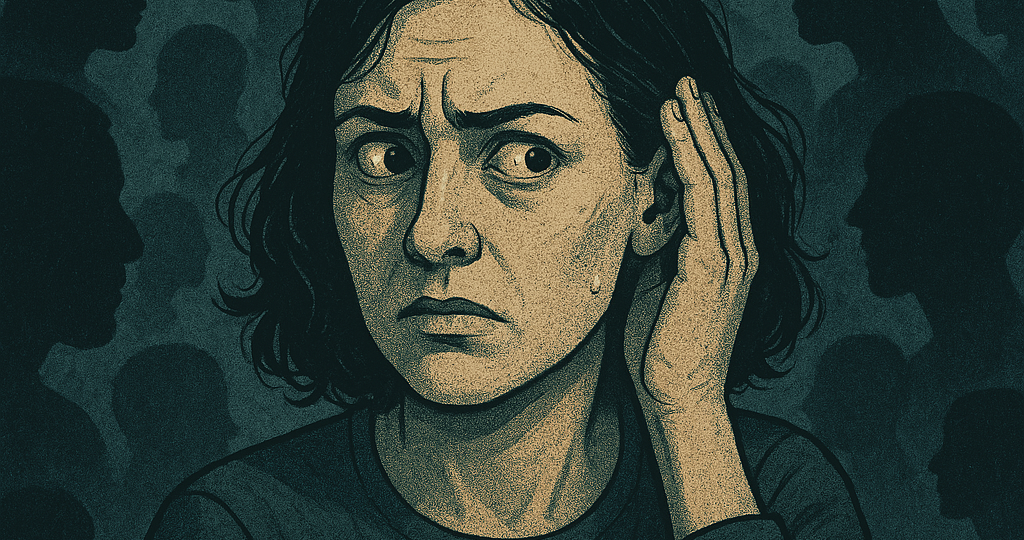
Hypervigilance is a heightened state of sensory sensitivity accompanied by an exaggerated intensity of behaviors designed to detect threats. People experiencing hypervigilance are constantly on edge, scanning their environment for danger—even when no real threat is present. While a certain degree of vigilance can be useful in risky situations, hypervigilance is often a symptom of trauma, anxiety disorders, or post-traumatic stress disorder (PTSD). This mental state can be exhausting, as the body and mind remain stuck in a perpetual “fight or flight” mode.
The origins of hypervigilance are closely tied to trauma research. Dr. Bessel van der Kolk, a prominent trauma specialist and author of The Body Keeps the Score, explains that after experiencing trauma, the brain becomes rewired to detect danger constantly, even in safe environments. The amygdala—the brain’s alarm system—becomes overactive, while the prefrontal cortex, responsible for rational thinking and regulation, struggles to suppress it. This neurological imbalance contributes to the overwhelming sense of threat hypervigilant individuals feel.
In everyday life, hypervigilance might show up as constantly checking over your shoulder, being startled by small sounds, or overanalyzing social interactions. It affects relationships, sleep, concentration, and physical health. What makes it especially difficult is that people experiencing hypervigilance may not even realize they’re responding to a past event—their bodies simply refuse to relax. Addressing hypervigilance often requires trauma-informed therapy, such as EMDR (Eye Movement Desensitization and Reprocessing) or somatic approaches that help the body feel safe again.
Understanding hypervigilance as a response rather than a personality trait is vital. It’s not about being dramatic or overreactive—it’s about a nervous system that has learned to expect danger in order to survive. With the right support, healing is possible, and the body can eventually relearn safety.
RELATED POSTS
View all


